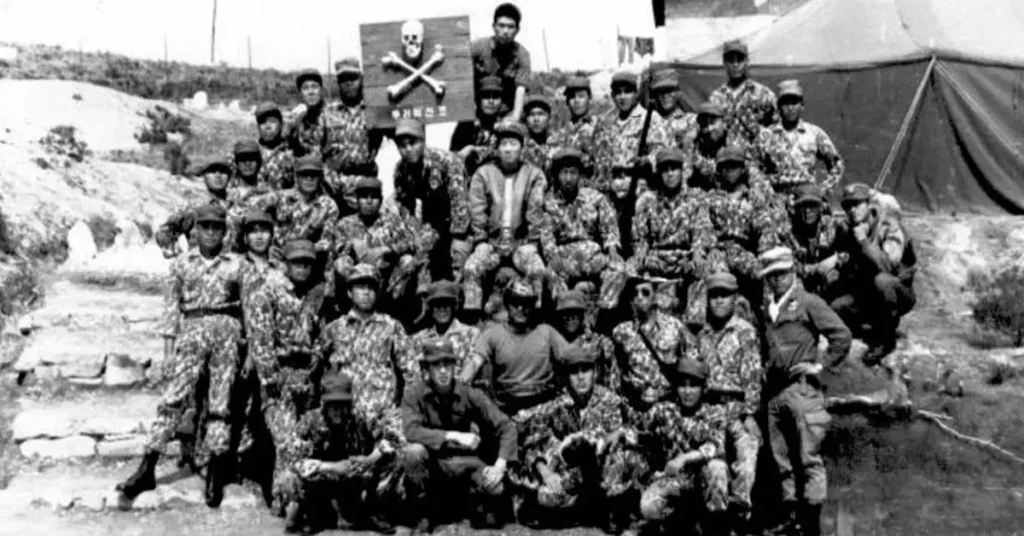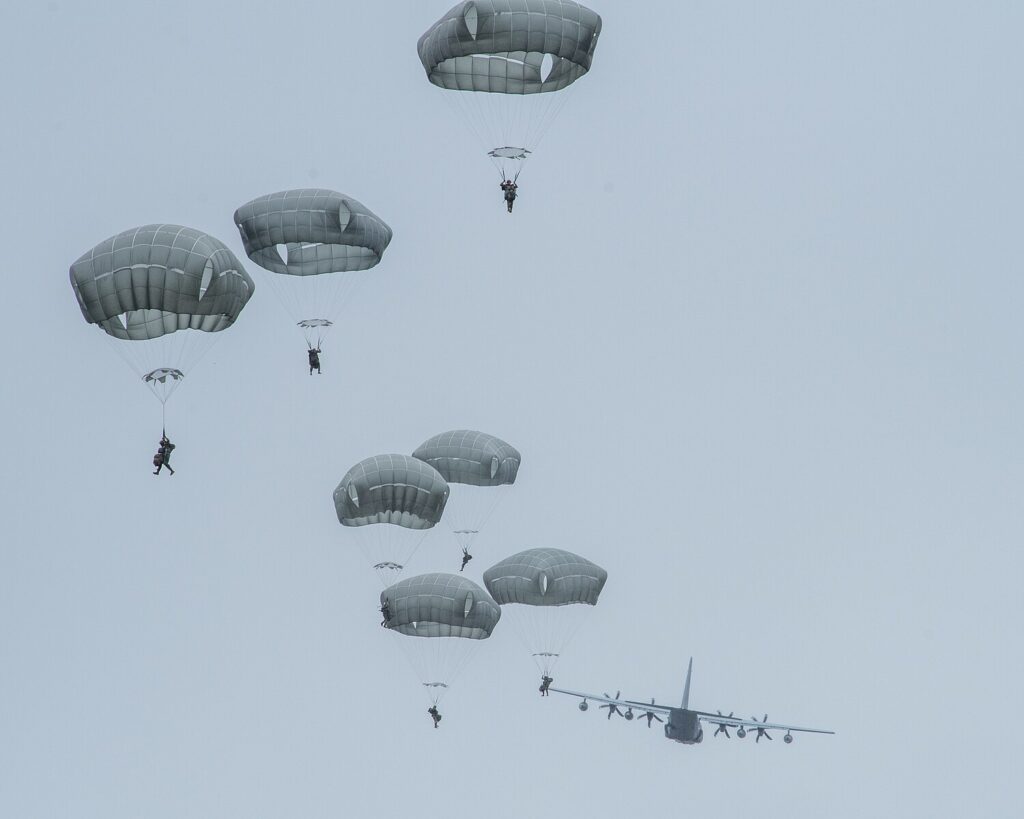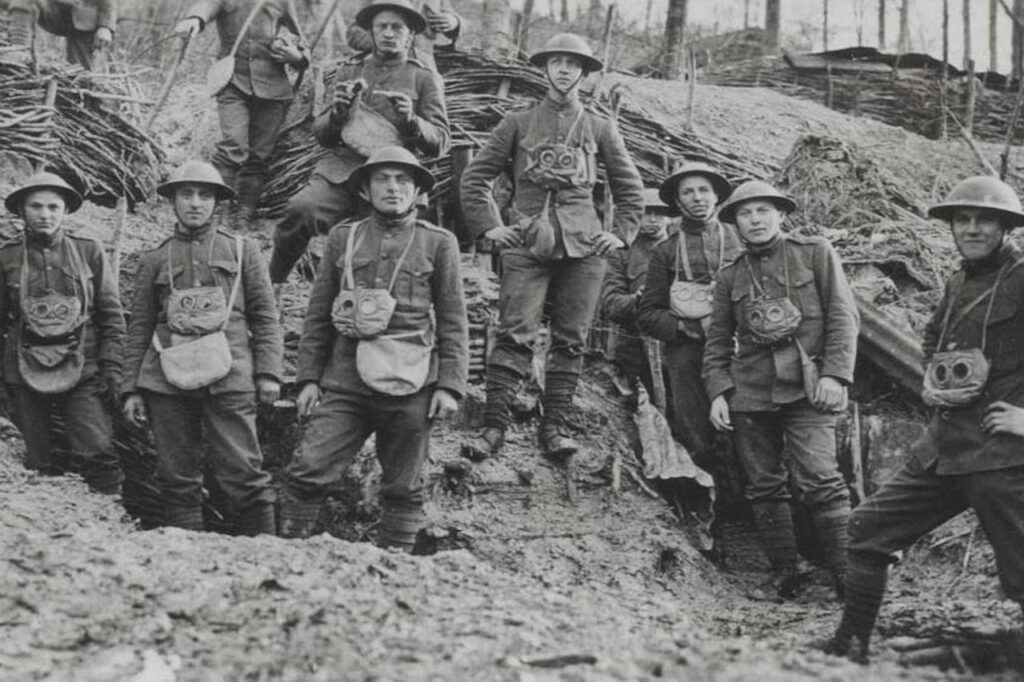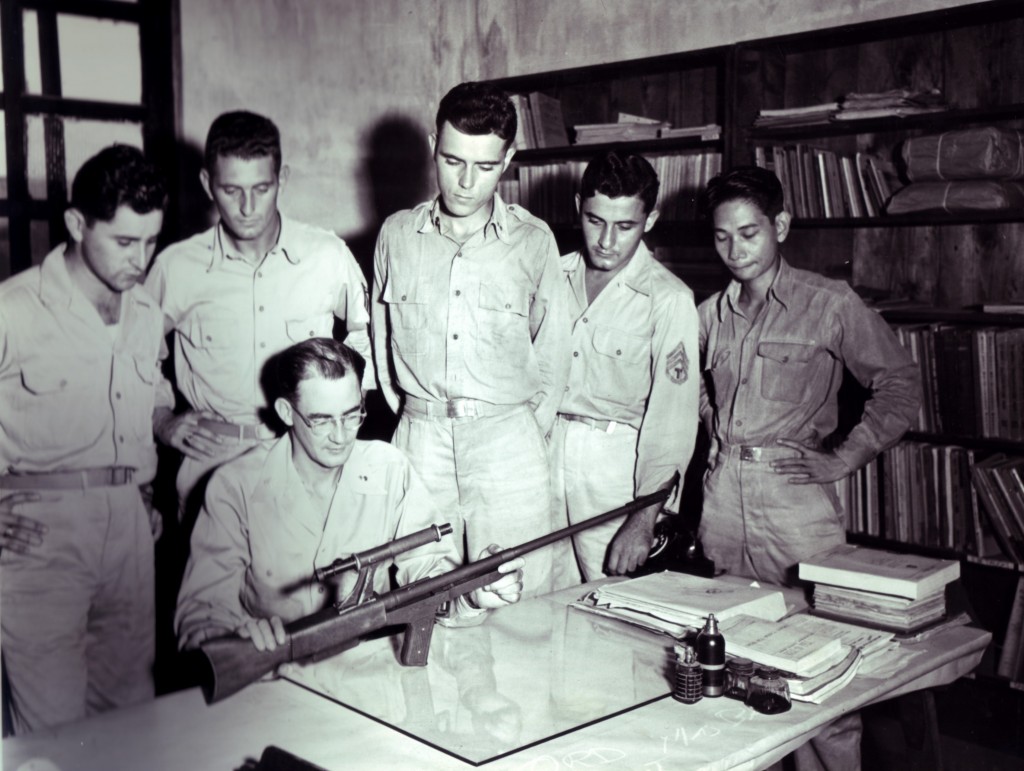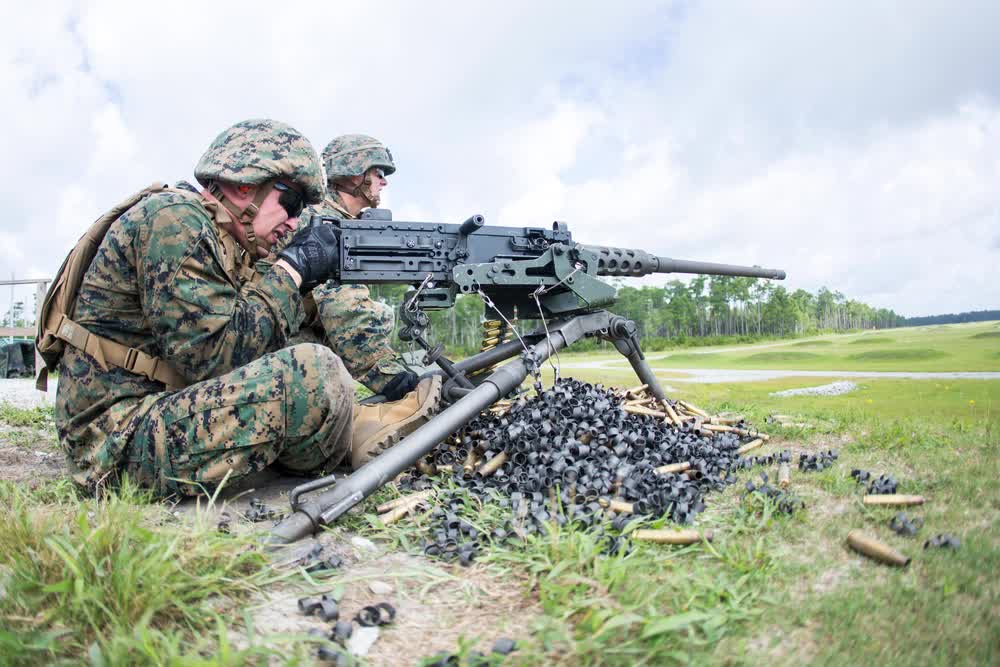The idea of using criminals as soldiers isn’t new. In fiction, it’s been popularized by The Dirty Dozen, and in World War II, criminal Eddie Chapman became a very capable spy and double agent for the British. Currently, the Russian military has been turning prisoners into conscripts for its invasion of Ukraine. Criminals are seen as more disposable by certain regimes or possess unique skills that your average Joe might not have. The South Korean Unit 684 also used criminals, but it certainly didn’t end well.
Unit 684 was a South Korean black ops team tasked with assassinating North Korean leader Kim II-sung. The unit was created in 1968 in response to the Blue House raid and attempted assassination of Park Chung-hee. In the 1960s and 70s, South Korea was a much different country than it is today. It was essentially a dictatorship ruled by the unelected Chung-hee. He was the one who ordered the creation of Unit 684, also known as the 209th Detachment, 2325th Group.
The Korean Central Intelligence Agency (KCIA) was tasked with putting the unit together. When you hear black ops, you likely picture a Navy SEAL or Green Beret, essentially, a highly trained individual taking on a dangerous mission. That wasn’t the case here. The KCIA gathered 31 criminal and unemployed youths and offered them a pardon and a job. It could also be that KCIA wanted to use people with no connection to the South Korean government or military to avoid potential blowback.
Forming Unit 684
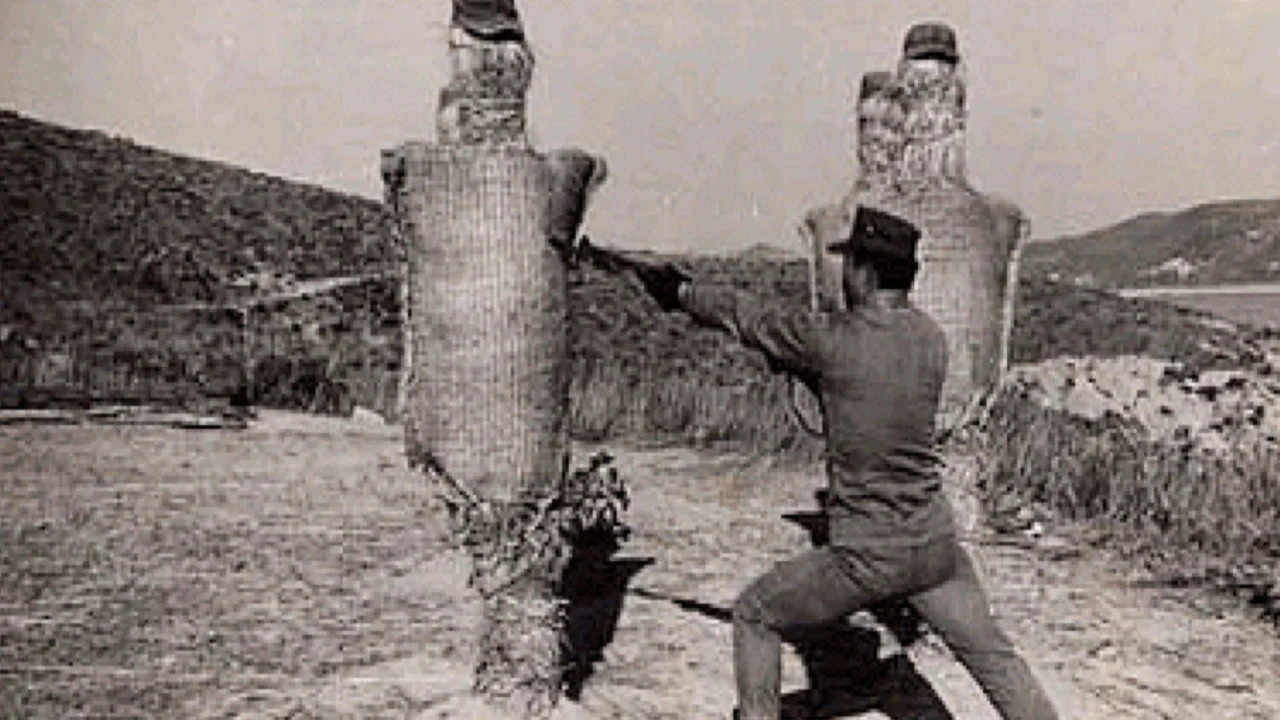
The 31 men who made up Unit 684 were a variety of petty criminals and not masterminds. According to a former Unit 684 trainer named Yang Dong-soo, they looked KCIA looked for strong men with good physiques and targeted the athletic types. The men would be officially part of the South Korean Air Force and would go to an uninhabited island called Slimido for training.
There, they would be isolated and not allowed to communicate with anyone outside of the island. They were trained brutally in special tactics: While we have only a few accounts of their training, we know they were trained extensively in hand-to-hand combat. They learned how to parachute, climb and rappel mountains, and were taught sea survival training. We can assume they learned how to use firearms, plant demolition charges, and similar tactics.
This training and isolation lasted from 1968 to 1971. In those three years, seven members of the group died: one was executed for desertion, another for threatening a trainer, and three others were executed after escaping to the mainland and assaulting a woman; the seventh died during training.
Unit 684’s training has often been described as brutal, but one of the surviving trainers has stated that Unit 684’s men were never treated badly, however, the number of executions and a subsequent investigation seems to counter that.
Related: Morgan’s Riflemen – The difference a small elite unit makes
The end of Unit 684
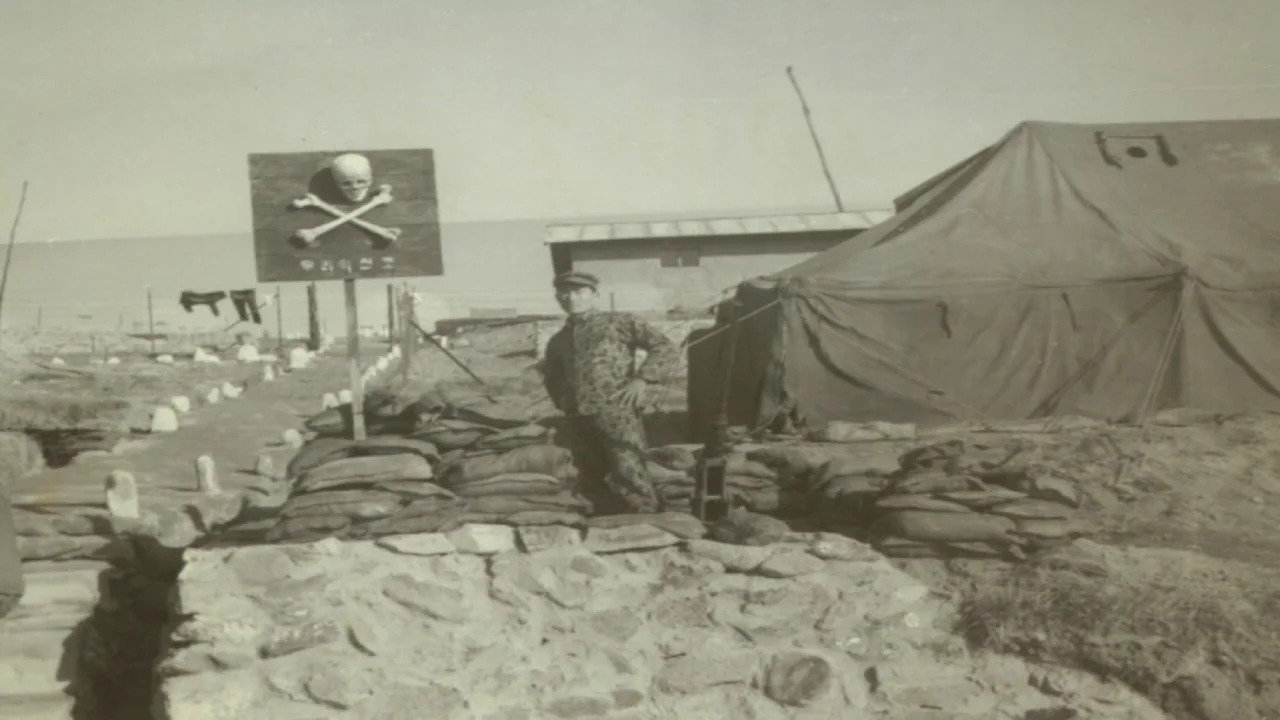
Unit 684 was never called to complete its assassination mission. By 1971 relations between North and South Korea had improved, and the mission to assassinate Kim II-sung was seemingly abandoned.
With the mission canceled and the future of Unit 684 unclear, its men revolted. On August 23, 1971, after several members of the cadre had drunk alcohol (apparently, it was the first time in three years that the cadre had been allowed to drink) Unit 684’s men sprung their attack.
At 6 AM, they broke into a captain’s room, killed the man with a hammer, stole 120 rounds of ammunition and several grenades, and began attacking the guards and cadre.
The squad quickly killed 18 of the 24 trainers. According to a survivor, they often shot the trainers as they fled or lay dying. The mutineers fled the island and immediately hijacked a bus headed for Seoul. The men eventually hit a checkpoint and engaged in a gun battle with police and security forces.
The gunfight ended with 34 people dead and 30 wounded. Twenty of the Unit 684 members were killed. Several of the men killed themselves with grenades, according to the official story. Four members of Unit 684 survived the fight and were arrested.
Related: What it’s like to visit Korea’s Demilitarized Zone
The mutiny’s aftermath
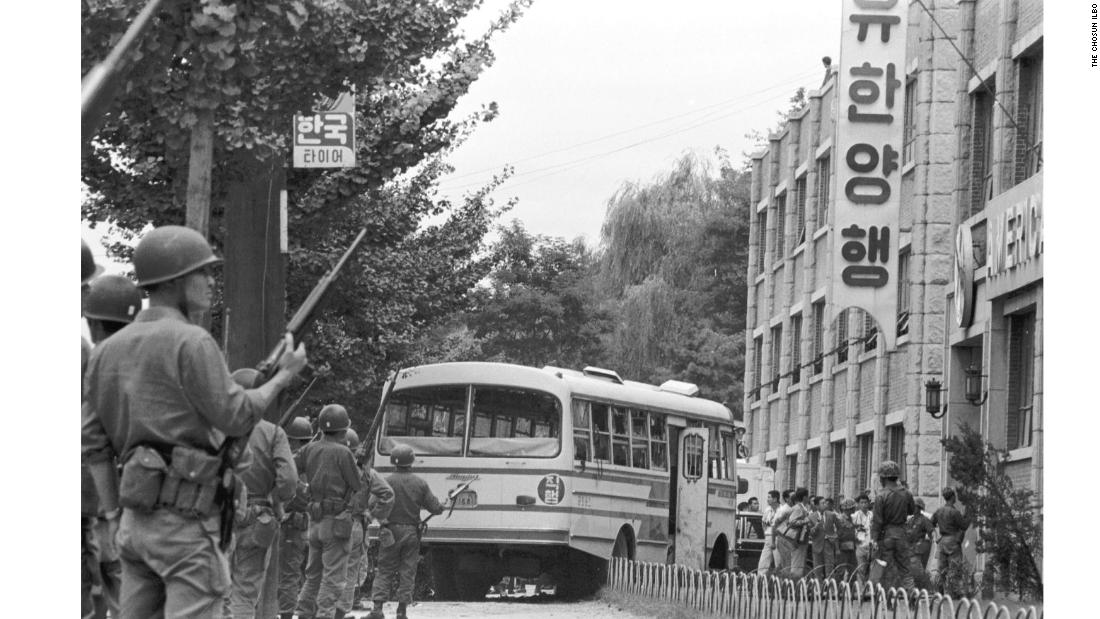
The four surviving members of Unit 684 were sentenced to death and executed on March 10, 1972. The South Korean government concealed the story and all information involving Unit 684 until the 1990s. An official report wasn’t released until 2006, but a 2003 film brought attention to this largely-forgotten story. The families of 21 members of unit 684 sued the South Korean government and won.
It was a tragic end to a group of men who didn’t deserve the treatment they were given. While it’s unclear why they chose to mutiny at that specific time, we can speculate they saw an opportunity and took it. Sadly, we can never hear the perspective of the members of Unit 684.
Feature Image: The South Korean Unit 684. (Photo by Yang Dong-soo)
Read more from Sandboxx News
- What are Navy SEAL ‘duck’ insertions and which one would you prefer?
- Air Force won’t meet its recruitment goal, but the secretary isn’t worried
- The rise and fall of the submachine gun
- The best fighters America *almost* put on aircraft carriers
- In the Army Now – How good is the comedy about real-life reserves?
